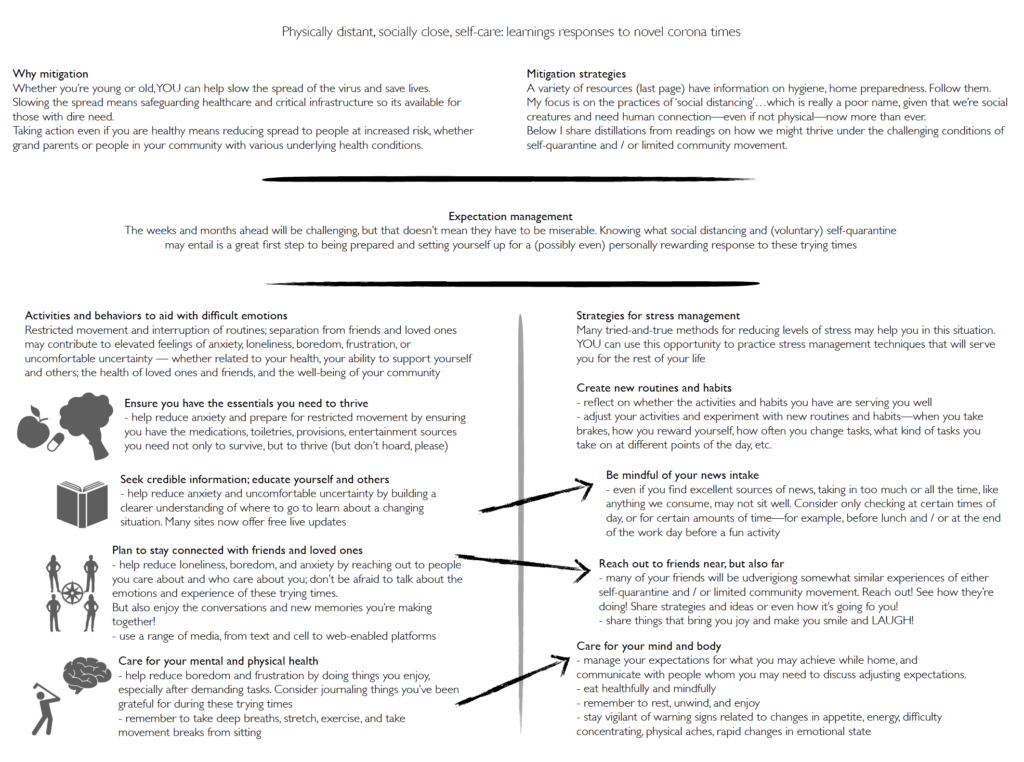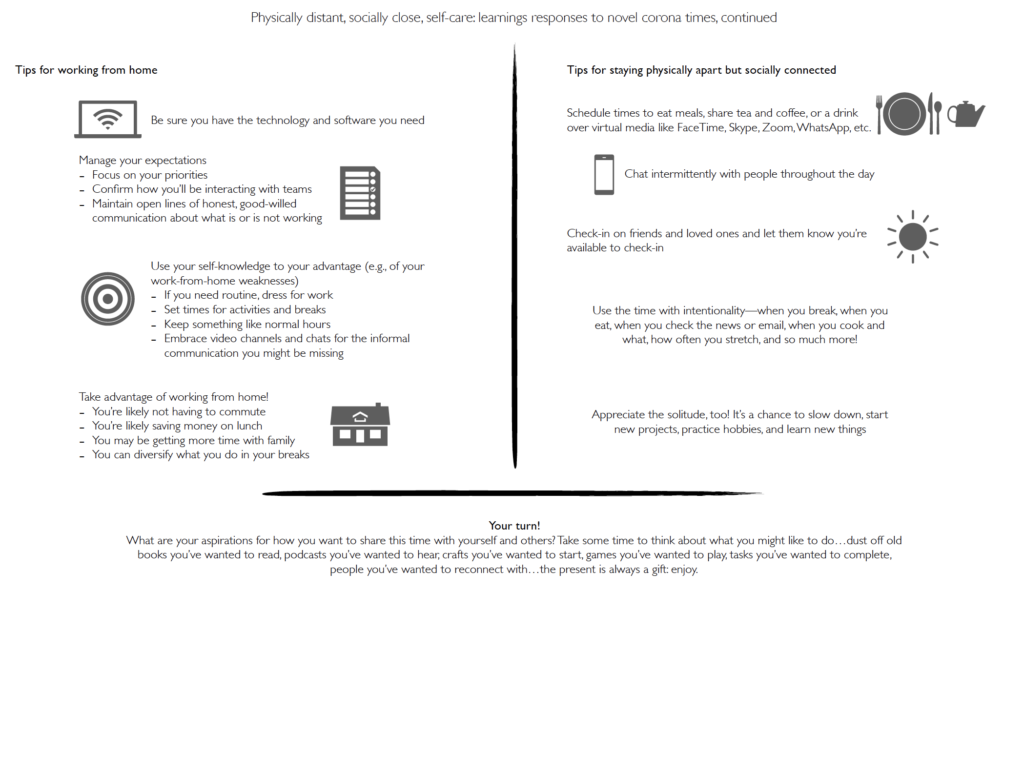-by Richard Randell, Webster University Geneva and Critical Automobility Studies Lab, IHS
I have been reading Bruno Latour’s Down
to Earth: Politics in the New Climatic Regime. We need, Latour suggests, to
stop thinking about ourselves—“ourselves” being us “humans”—as beings that are
special and separate from all the other living entities on our planet: we are
all terrestrials. But we (which is not all of us) have inherited a metaphysics
wherein all that is not human is categorized as “nature” and is assumed to be
available to humans for exploitation. We inhabit a metaphysics of a duality
between all of nature (a category, Latour points out, that includes everything
from rocks, plants, earthworms, to distant galaxies, black holes…and viruses)… and
humans: “Nature stupid, nature brute; only human intelligent.” It is a
metaphysic nowhere better articulated, as many have pointed out, than in
Genesis: “God created man in the image of himself, in the image of God he
created them…. God blessed them, saying to them, ‘Be fruitful, multiply, fill
the earth and subdue it. Be masters of the fish of the sea, the birds of heaven
and all the living creatures that move on the earth.’ God also said, ‘Look, to
you I give all the seed bearing plants everywhere on the surface of the earth,
and all the trees with seed-bearing fruit; this will be your food.’ And so it
was.”
If we entertain the Gaia principle, even if
only for the time it takes to read this blog entry, the Earth (the entirety of
the terrestrial that is our planet of which we are a part)—terrestrial earth as
Gaia—could have hardly come up with a better intervention in the crisis of our
planet (of which the climate is only one dimension of the planetary wide
environmental crisis) than the coronavirus. It is not the crude intervention of
just killing lots of humans as a solution, which many (amongst which I don’t
include myself) wish for, but an intervention that has disrupted the entire planetary
economy. It has grounded air transport, reduced maritime transportation, slowed
automobile production, all significant sources of greenhouse gas emissions. It looks
almost like foresight, even intelligence, because one of the extraordinary
facets of what is happening across our whole planet, the shutting down of the global
economy, was not a given. We live in a world where the requirements of capital
almost invariably prevail. It is not in the interests of Boeing, Airbus, British
Airways, Volkswagen and General Motors, shipping and cruise companies, and
numerous other industries, to restrict entire populations to their homes. Yet
it has happened; this is extraordinary.
Gaia reminds me of a memorandum dated 1705
by David Gregory, a colleague of Isaac Newton. “The plain truth,” Gregory wrote
in disbelief regarding the heterodox religious views of Newton, “is, that
[Newton] believes God to be omnipresent in the literal sense; And that as we
are sensible of Objects when their images are brought home within the
brain, so God must be sensible of everything, being intimately present with
every thing: for he [Newton] supposes that as God is present in space where
there is no body, he is present in space where a body is also present.”[1]
If we shift this sideways a little from Newton’s Christian (albeit heterodox)
cosmology, it looks a lot like Gaia.
Whether we entertain the Gaia thesis or not
doesn’t really matter. Whether or not there is a teacher, the lessons to be
learnt are the same. One is that it is possible, in the area of fossil
fuel-based mobility systems, to prohibit their use when there is a crisis that
threatens our existence. The climate crisis, as Mimi reminds us in her blog
post a few days ago, is such a crisis, but knowledge of that crisis did not
initiate the measures that are being taken now because of the coronavirus. In
the third thesis on Feuerbach, Marx observed that “the educator must himself be
educated.” The educator in this case is the coronavirus.
As usual, it will be the poor, minorities,
inhabitants of the global south, who will be most affected by the coronavirus,
and we can expect the coronavirus to underscore that. But it will be not only
them. The virus, to paraphrase Nietzsche, is beyond good and evil; its specific
victims are not chosen (were it an intelligence that chose its victims, it
would inhabit the realm of ethics). And so the other lesson will have to be how
to equitably reorganize a decarbonized world in which the mobilities that many
take to be an inalienable right are reduced. That world will have to be a very
different world than the world we inhabit now.
The coronavirus has opened up what social
movement scholars call political opportunity structures. Those political
opportunities can, are, and will be exploited by nationalists who, in respect
to mobility, are all in favor of carbon-based mobility, but against movements
across their borders. Many people will get sick from this virus, some will die,
those left behind will grieve, others will suffer from loves and friendships
cut short because they have to go “home”; home having become a location within
a closed nation state space. For those of us who are trying to get us to some
other world that is not the world of fossil fuel based authoritarian
nationalism, we need to recognize that whatever we learn from the coronavirus,
it will be knowledge gained at the cost of much suffering. That other world
must at a minimum be, to quote Hannah Arendt, “a planet fit for human
habitation.”[2]
[1] W. G. Hiscock. (ed.). 1937. David Gregory, Isaac Newton and their circle, extracts from David Gregory’s memoranda 1677-1708. Oxford, p. 30.
[2] Arendt, Hannah. 1965. Eichmann in Jerusalem: A Report on the Banality of Evil. Harmondsworth: Penguin, p. 233.

